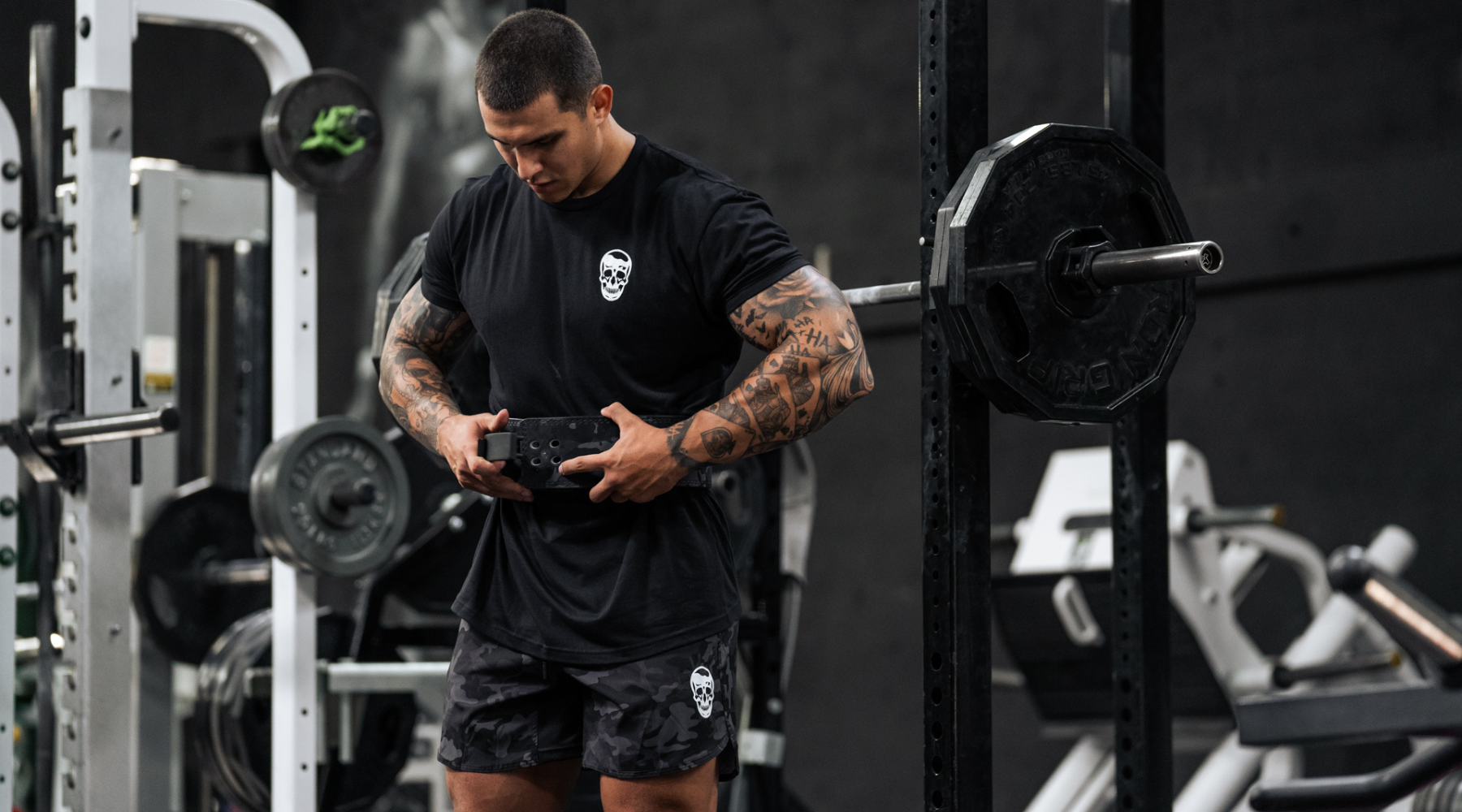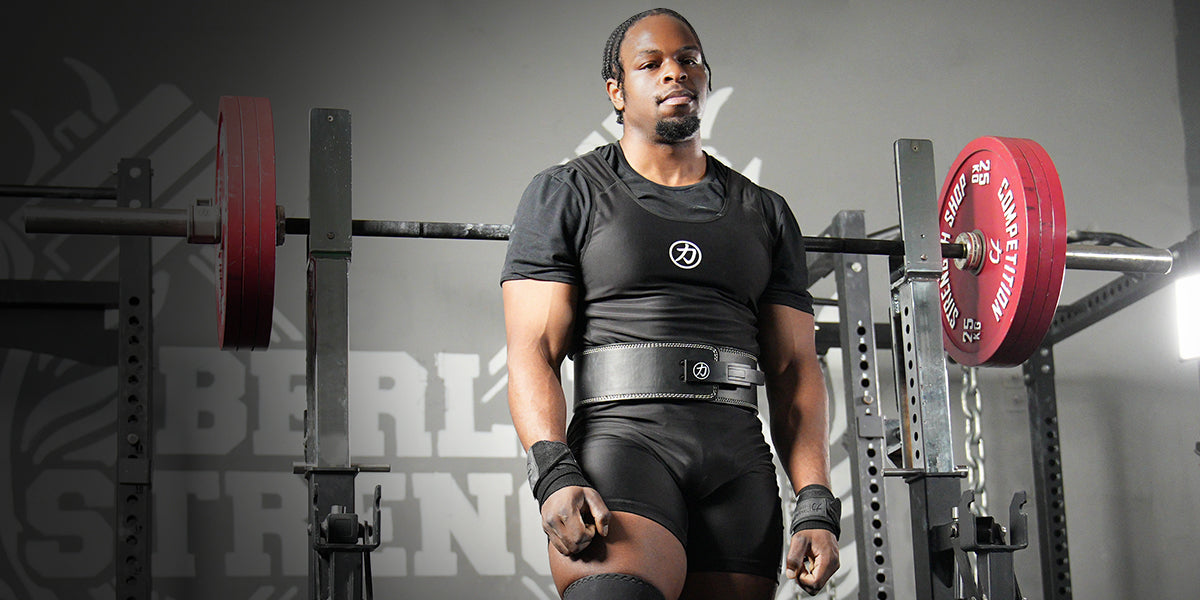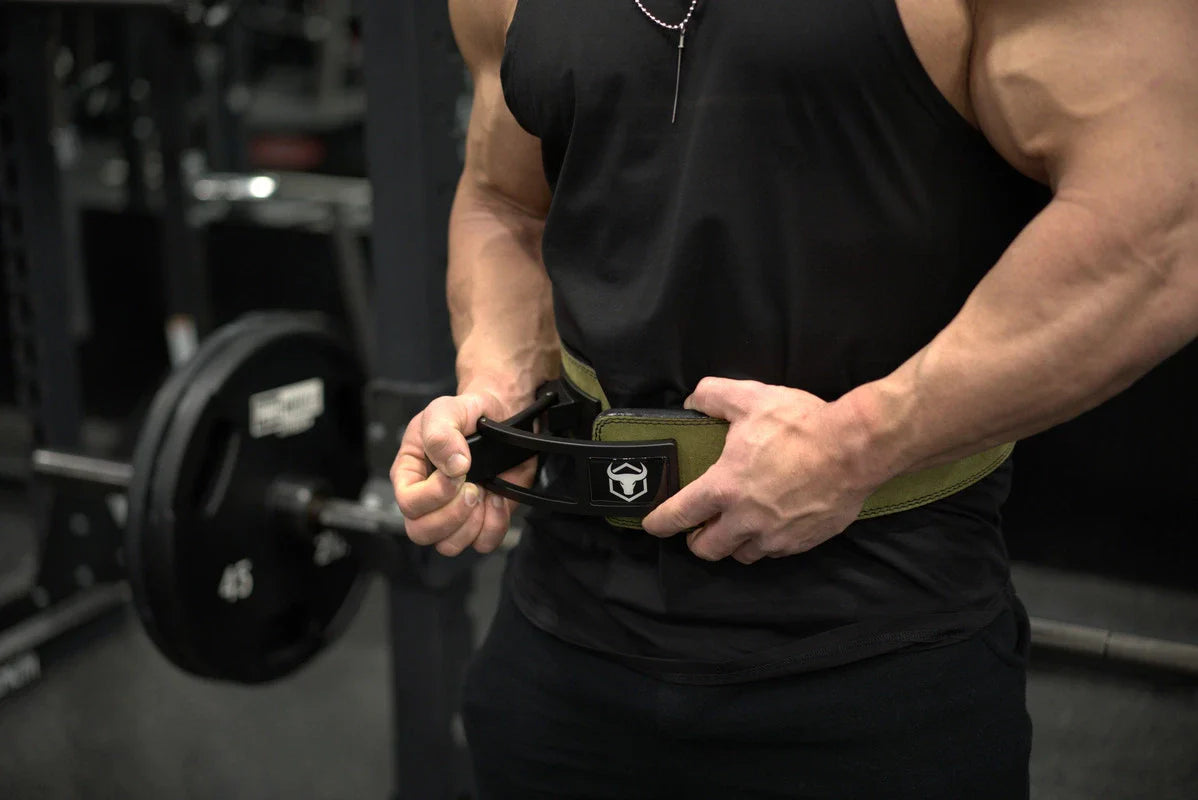Roads & PavementRoads & Pavement
Barefoot
Minimal
Low
Medium
High
Maximal
All around running shoes offer comfort and cushioning for daily runs, jogs, walks, and long mileage. They offer enough versatility for both faster and slower runs and are a great option for those who want one running shoe to do it all.
Fast run or uptempo running shoes are lightweight and responsive. They offer streamlined designs that have minimal uppers and offer a high level of energy return. These shoes are a great option for faster runs in the week or those looking for a livelier experience.
Max Cushion shoes offer premium cushioning with ample ground protection and a stable ride. These types of shoes provide abundant impact protection that softens landings while running at any pace or distance. These types of shoes are best for slower recovery runs and easy days where comfort takes priority.
Racing shoes are designed with optimal performance in mind. These types of shoes have snug-fitting uppers, energetic midsole foams, and features implemented for maximum efficiency. These types of shoes are best for runners looking to gain the ultimate advantage in races but may sacrifice some durability and comfort.
Gym Workout shoes offer a stable and versatile ride. They have a firmer underfoot feeling that provides stability for lateral movements with comfortable uppers. These types of shoes are best for trips to the gyms, cross training, casual wear, and light running. Do I Need a Weightlifting Belt in 2023 When to Use Them
Road running shoes feature smooth outsoles that are designed for running on paved surfaces such as roads, sidewalks, and bike paths.
Designed to handle most trail runs, these shoes prioritize comfort and a smooth ride. These shoes are great for anything from smooth singletrack, park trails, and fireroads making them ideal for those who run from their doorstep on streets before hitting the trail.
These shoes are best used for hard, rugged trails such as shale, granite or sandstone where grip on smooth surfaces and underfoot protection are important.
Designed for use in muddy, soggy conditions, these shoes feature very aggressive outsoles that dig deep into soft ground for exceptional traction.
These shoes feature technical outsoles designed to grip snowy and icy trails making them ideal for winter trail running.
Cushioning level, or stack height, refers to how much shoe is between your foot and the ground. For this category, we reference the amount of cushioning below the forefoot as the heel height will be equal to or greater than the forefoot height.
Why Do People Wear Lifting Belts 6 Benefits Explained
0-13mm. The Shoe generally does not have a midsole and feels like there is no cushioning. This shoe is all about feeling the ground underfoot.
14-18mm. The shoe has a thin midsole that allows for a natural running experience. Racing shoes and minimalist shoes are common here. These shoes offer a feeling of being connected to the road or trail.
19-23mm. The shoe has a slightly cushioned feel and may feature added cushioning technologies. Performance training shoes and some trail shoes are common here. These offer protection during footstrike but prioritize a lightweight, grounded experience.
24-28mm. These shoes have a stack height that fall near the middle of the spectrum.The shoes in this category are verstaile and great for all types of runs and distances.
29-34mm. The shoe has a thick midsole and ample cushioning. These shoes are highly protective and absorb more impact than the body.
35mm plus. The shoe has an extremely thick midsole and extra cushioning. The focus is on protection and soft foam underfoot with hardly any ground feel.
Neutral shoes support the foot through a normal range of arch collapse and generally do not have a built-in technology to correct movement.
Stability shoes are a great option for those who overpronate or need added support. These shoes help to limit the inward rolling motion of the ankle while running or walking and assist in guiding the foot straight through the gait cycle. Use Weightlifting Belts to Do Workout
Product Details:
When You Need to Wear a Weight Lifting Belt When You Work Out top, Exercises You Should Shouldn t Use A Weightlifting Belt top, When To Use a Lifting Belt Secret to a PR Garage Gym Reviews top, Weight Lifting Belt Should You Use One Pros Cons top, How To Use A Lifting Belt Correctly Top Tips MYPROTEIN top, The Ultimate Guide to Weightlifting Belts and How to Use Them top, How and Why to Wear a Weightlifting Belt SoCal Powerlifting top, When to Use a Weightlifting Belt Ladies Who Lift top, How to Use a Weight Belt 9 Steps with Pictures wikiHow Fitness top, How To Use A Weightlifting Belt IT S NOT WHAT YOU THINK top, When to Use a Weightlifting Belt Maxx Pro Boxing top, How Tight Should Your Weightlifting Belt Be The Ultimate Guide for Ev top, Strength Shop What s the best lifting belt top, Use Weightlifting Belts to Do Workout top, Why Do People Wear Lifting Belts 6 Benefits Explained top, Do I Need a Weightlifting Belt in 2023 When to Use Them top, Should You Use A Weight Belt For Lifting top, What Exercises Are Best for Weight Lifting Belts BarBend top, Why Wear a Belt When Lifting Weights Benefits and Misconceptions top, When Should You Use a Weightlifting Belt Girls Gone Strong top, The Ultimate Weightlifting Belt Guide top, Weightlifting Belts Should You Use One Pro and Con Breaking Muscle top, When and How to Wear A Weightlifting Belt RitFit top, Should You Wear a Weightlifting Belt When You Lift The Art of top, Should You Wear a Weightlifting Belt Invictus Fitness top, How to Use a Weightlifting Belt Squat University top, Why use a weightlifting belt Vikingstrength top, The Ultimate Guide to Weightlifting Belts and How to Use Them top, How to Use a Weight Belt 9 Steps with Pictures wikiHow Fitness top, Lifting Belt Tutorial How to Properly Use Weightlifting Belt for Maximum Support and Performance top, Weight Lifting Belts Do They Work Should You Use One Caliber top, Are Weight Lifting Belts Good for Building Muscle top, The Ultimate Weightlifting Belt Guide top, 5 Mistakes You Might Be Making With Your Weightlifting Belt top, What Exercises Should You Use A Weight Lifting Belt For top, Power Stability and Strength How to Use a Weightlifting Belt top, Should You Use a Weight Belt for Lifting top, The Legit Reason Behind Wearing A Lifting Belt top, Should You Wear a Weightlifting Belt When You Lift The Art of top, Should You Wear a Weightlifting Belt When You Lift The Art of top, How to Wear a Weightlifting Belt 3 Steps for the Best Results top, What s In Your Gym Bag Weight Lifting Belts top, When to use a weightlifting belt and how this impacts your pelvic top, The Ultimate Guide to Weightlifting Belts and How to Use Them top, How to Properly Wear a Weightlifting Belt top, FITTR The weight lifting belt is a very commonly used accessory top, 5 Mistakes You Might Be Making With Your Weightlifting Belt top, 3 Key Benefits Of Wearing A Weightlifting Belt top, WARNING Stop Wearing A Weightlifting Belt For Back Pain Squat top, How and Why to Wear a Weightlifting Belt SoCal Powerlifting top, Product Info:
Lifting belt use top.
- Increased inherent stability
- Smooth transitions
- All day comfort
Model Number: SKU#7511133





